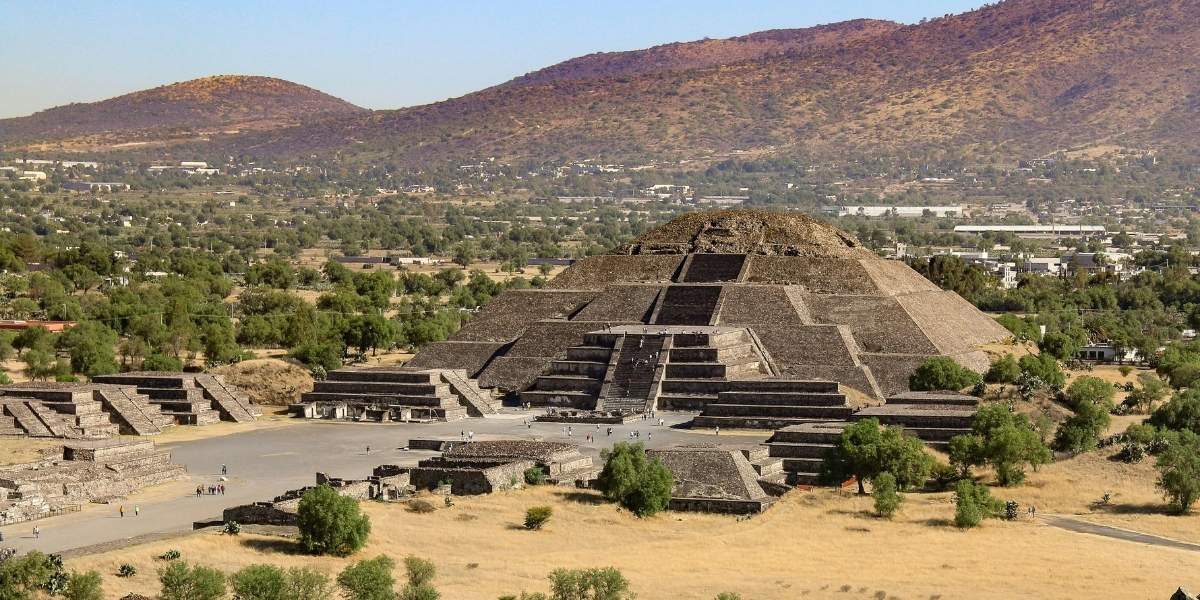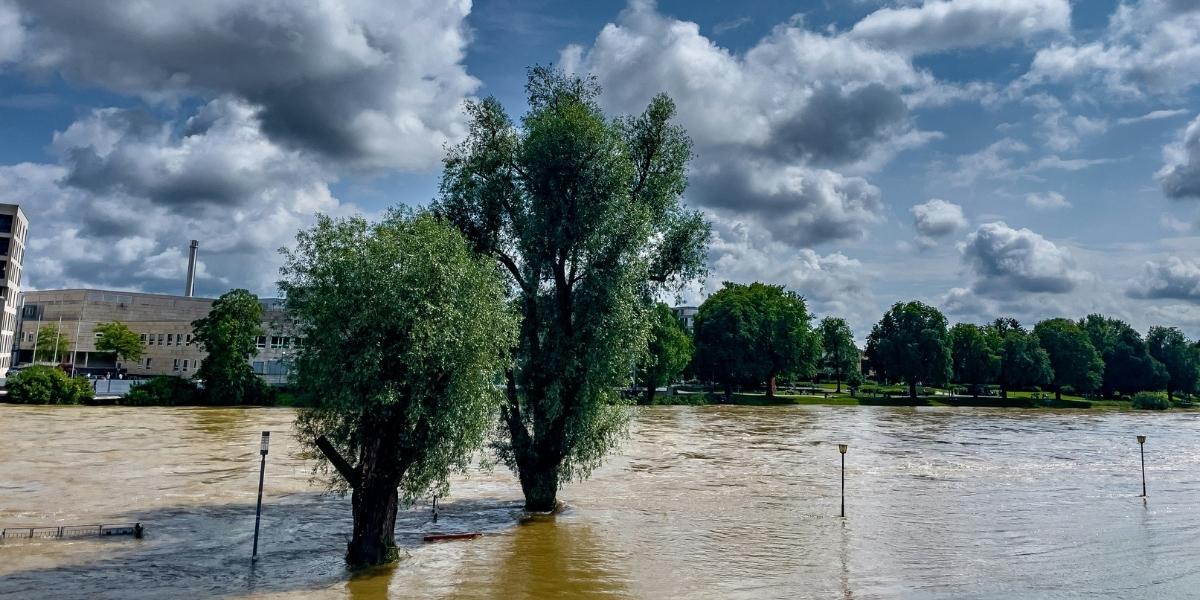What Makes Latin America a Unique Travel Destination?
Latin America is a region renowned for its diverse culture, stunning landscapes, and rich history. Stretching from the northern deserts of Mexico to the lush rainforests of Brazil, and from the Andean mountains to the southern tip of Argentina, Latin America offers an incredible variety of experiences. The region is a vibrant blend of indigenous traditions, colonial influences, and modern cultures, making it one of the most captivating destinations for travelers.
Each country in Latin America has its own unique charm, with distinct landscapes, languages, cuisines, and traditions. From the ancient ruins of the Maya and Inca civilizations to the lively street festivals and markets, Latin America is a region that invites exploration and discovery at every turn. Whether you’re drawn to adventure, history, or culture, Latin America provides an unforgettable journey that leaves travelers in awe of its beauty and complexity.
Read Also: Global Climate Action and the Road to Climate Justice
How Does Latin America’s Culture Reflect Its Rich History?
The cultural heritage of Latin America is deeply intertwined with its history, shaped by indigenous civilizations, European colonization, and African influences. The result is a rich tapestry of languages, customs, music, art, and cuisine that make the region truly unique.
Indigenous cultures, such as the Aztecs, Maya, and Inca, laid the foundation for many of the region’s traditions, offering remarkable contributions in fields like agriculture, architecture, and astronomy. These ancient civilizations’ legacies are still visible today, especially in the ruins of places like Machu Picchu in Peru and Teotihuacan in Mexico. The arrival of Spanish and Portuguese colonizers in the 15th and 16th centuries brought significant changes to Latin America, infusing the region with European cultural elements. This combination of indigenous, European, and African heritage continues to shape the diverse cultural landscape of Latin America, seen in its festivals, music, food, and art.
What Are Some of Latin America’s Natural Wonders?
Latin America is home to some of the world’s most breathtaking natural wonders, from dense rainforests to towering mountains, and from pristine beaches to vast deserts. The diversity of the region’s ecosystems provides a remarkable range of experiences for nature lovers and adventurers alike.
One of the most famous natural landmarks in Latin America is the Amazon Rainforest, often referred to as the “lungs of the Earth.” Spanning multiple countries, including Brazil, Peru, and Colombia, the Amazon is home to an astonishing array of wildlife and plants, many of which are found nowhere else on Earth. For those looking to experience the vastness of the continent, the Andes Mountains offer dramatic landscapes, with peaks that reach over 20,000 feet above sea level. Hiking in places like Chile’s Torres del Paine National Park or trekking to the top of Argentina’s Mount Aconcagua offers unparalleled views of glaciers, lakes, and towering peaks.
In addition to the rainforests and mountains, Latin America boasts beautiful coastlines. The beaches of Mexico’s Yucatán Peninsula, the Caribbean islands of Cuba, and Brazil’s golden coast are just a few examples of the region’s seaside splendor. For those seeking adventure, the Galápagos Islands in Ecuador present an extraordinary opportunity to encounter wildlife that is found nowhere else in the world.
How Does Latin America’s History Shape Its Architecture?
Latin America’s architecture is a stunning reflection of its diverse history, with influences from indigenous civilizations, European colonialism, and modern design. The combination of these cultural influences has resulted in a distinct architectural style that varies from region to region but remains uniquely Latin American.
Colonial cities like Mexico City, Lima, and Cartagena are filled with charming cobblestone streets, pastel-colored buildings, and grand plazas. These cities boast impressive examples of Spanish colonial architecture, including cathedrals, palaces, and government buildings that were constructed during the colonial period. One of the most iconic examples is the Plaza Mayor in Lima, Peru, surrounded by colonial-era buildings that evoke the history of Spanish rule.
On the other hand, indigenous architectural traditions are still evident in structures like the pre-Columbian temples and pyramids of the Maya, Aztec, and Inca civilizations. Machu Picchu, in Peru, is a prime example of Inca architecture, with its meticulously designed stone terraces and temples that blend seamlessly with the natural landscape.
In modern times, Latin America’s cities have become hubs for innovative architecture. Cities like Buenos Aires and São Paulo are known for their striking modernist buildings, blending sleek glass structures with innovative urban designs.
What Role Does Music and Dance Play in Latin American Culture?
Music and dance are integral to Latin American culture, providing an expressive outlet for the region’s diverse history and vibrant communities. The rhythmic sounds of Latin music are loved around the world, from the fiery beats of salsa and merengue to the passionate movements of tango and samba.
The origins of Latin American music can be traced back to the indigenous peoples, with the introduction of European instruments and rhythms during colonial times. African influences, brought through the transatlantic slave trade, further enriched the musical landscape of the region. This fusion of indigenous, African, and European musical traditions gave birth to the unique genres that define Latin American music today.
Carnival in Brazil is one of the largest and most famous celebrations, where samba dancers in colorful costumes fill the streets to the sounds of live music and drumming. Similarly, the tango in Argentina and Uruguay is an iconic dance that has become synonymous with the region’s cultural identity. In addition, genres like reggaeton, which originated in Puerto Rico, and Mexican mariachi are some of the contemporary styles that continue to shape Latin American music today.
How Is Latin American Cuisine a Reflection of Its Cultural Diversity?
Latin American cuisine is as diverse as the region itself, combining ingredients and flavors from indigenous, European, and African culinary traditions. Each country offers its own unique take on dishes, yet there are common threads that tie the region’s food culture together.
Staple ingredients in Latin American cooking include corn, beans, rice, potatoes, and a variety of fresh fruits and vegetables. For example, Mexico is known for its tortillas, tacos, and tamales, while Peru offers a rich variety of dishes featuring potatoes and quinoa, such as ceviche and lomo saltado. Brazil’s famous feijoada is a hearty stew made from black beans and pork, reflecting the country’s Portuguese and African influences.
Street food is also an important part of Latin American food culture, with vendors offering delicious snacks like empanadas, arepas, and churros in bustling city squares. In addition, the region’s unique beverages, like Brazil’s caipirinha or Argentina’s mate tea, further showcase the diverse influences and traditions that shape Latin American cuisine.
What Are the Top Historical Sites to Visit in Latin America?
For history enthusiasts, Latin America offers a wealth of historical sites that showcase its fascinating past. From ancient ruins to colonial cities, the region is home to some of the world’s most significant historical landmarks.
One of the most famous historical sites in Latin America is Machu Picchu, the ancient Inca city nestled high in the Andes Mountains of Peru. This UNESCO World Heritage site is a marvel of engineering and offers a glimpse into the ancient Incan civilization’s advanced knowledge of architecture and agriculture. Similarly, the Mayan ruins of Chichen Itza in Mexico and Tikal in Guatemala are key archaeological sites that reveal the sophisticated culture of the ancient Maya.
In addition to ancient ruins, Latin America also boasts colonial cities such as Cartagena in Colombia and Cusco in Peru, both of which are rich in colonial history and are home to beautifully preserved architecture from the Spanish colonial period.
Read Also: Financial Literacy in 2025: How to Build Strong Financial Foundations
How Can Travelers Experience the Wonders of Latin America?
Traveling through Latin America offers endless opportunities to experience the region’s stunning diversity. Whether exploring vibrant cities, hiking through rugged landscapes, or discovering ancient ruins, Latin America offers something for every type of traveler. To make the most of your journey, consider traveling with a knowledgeable guide who can provide insight into the region’s history, culture, and traditions.
Latin America is a place where every corner of the continent tells a unique story, and its wonders—from natural beauty to cultural heritage—invite discovery and exploration. For travelers seeking a deeper understanding of the world, there are few places as rich in culture, history, and nature as Latin America.







